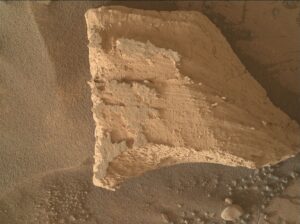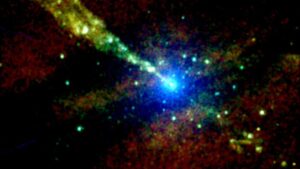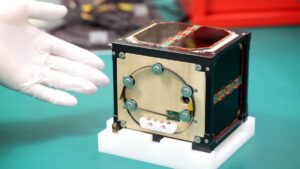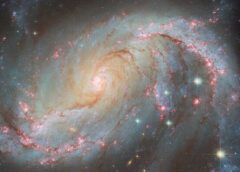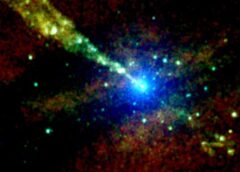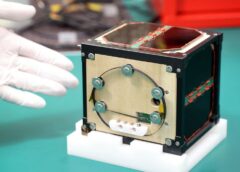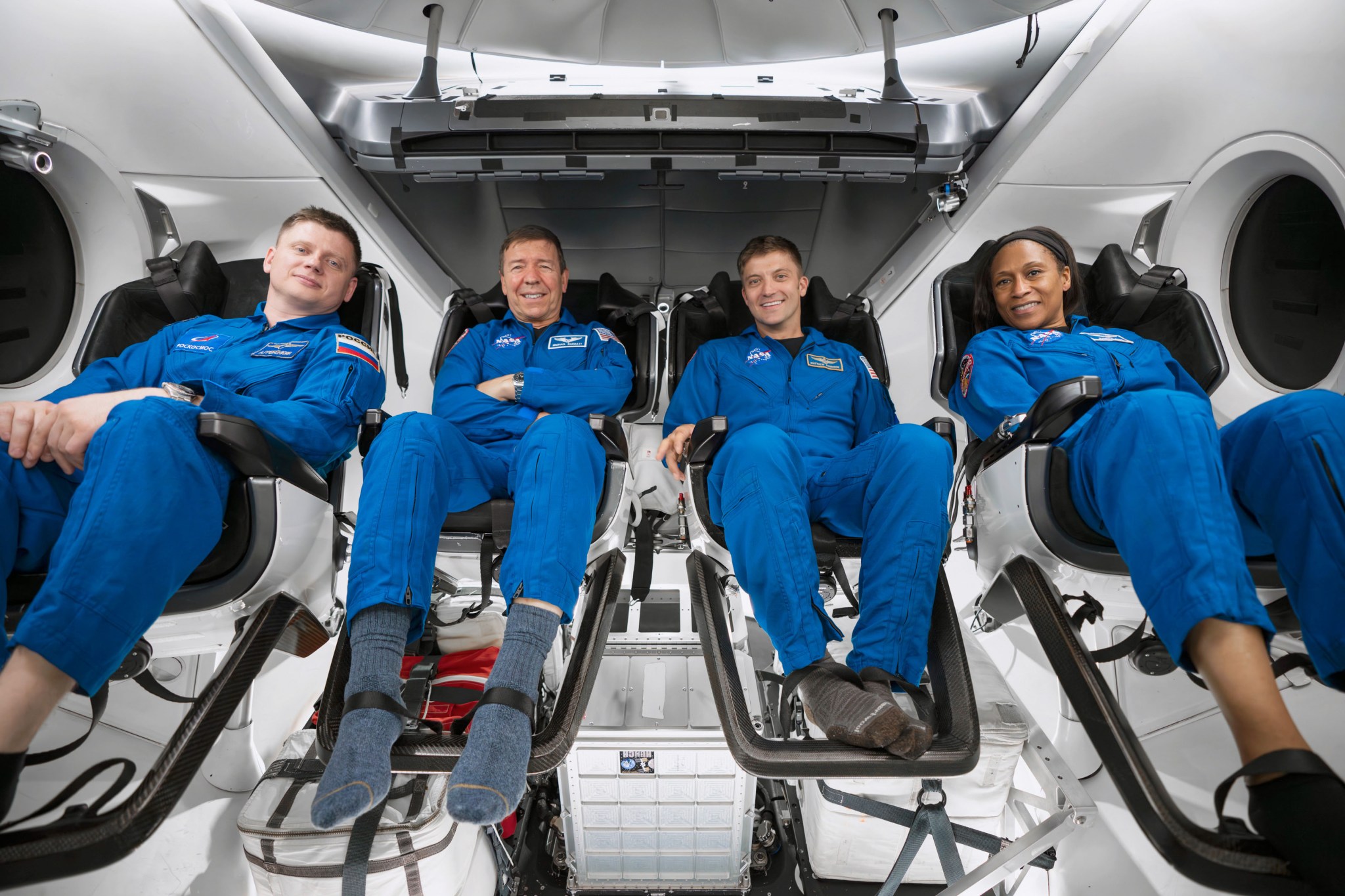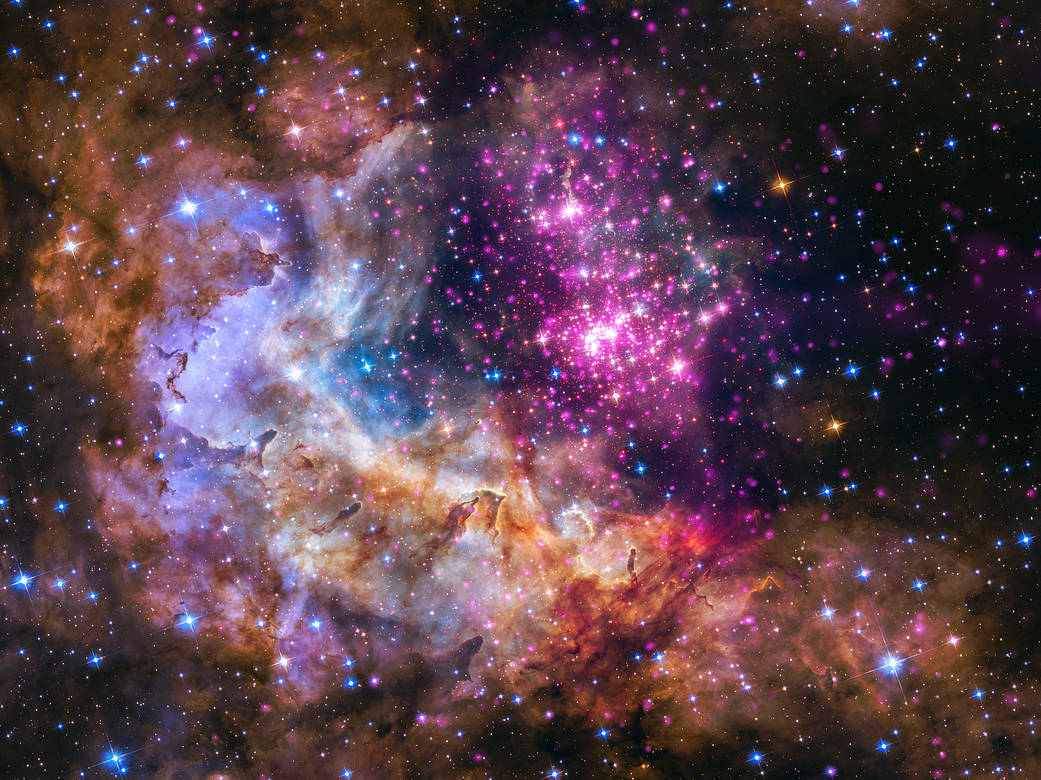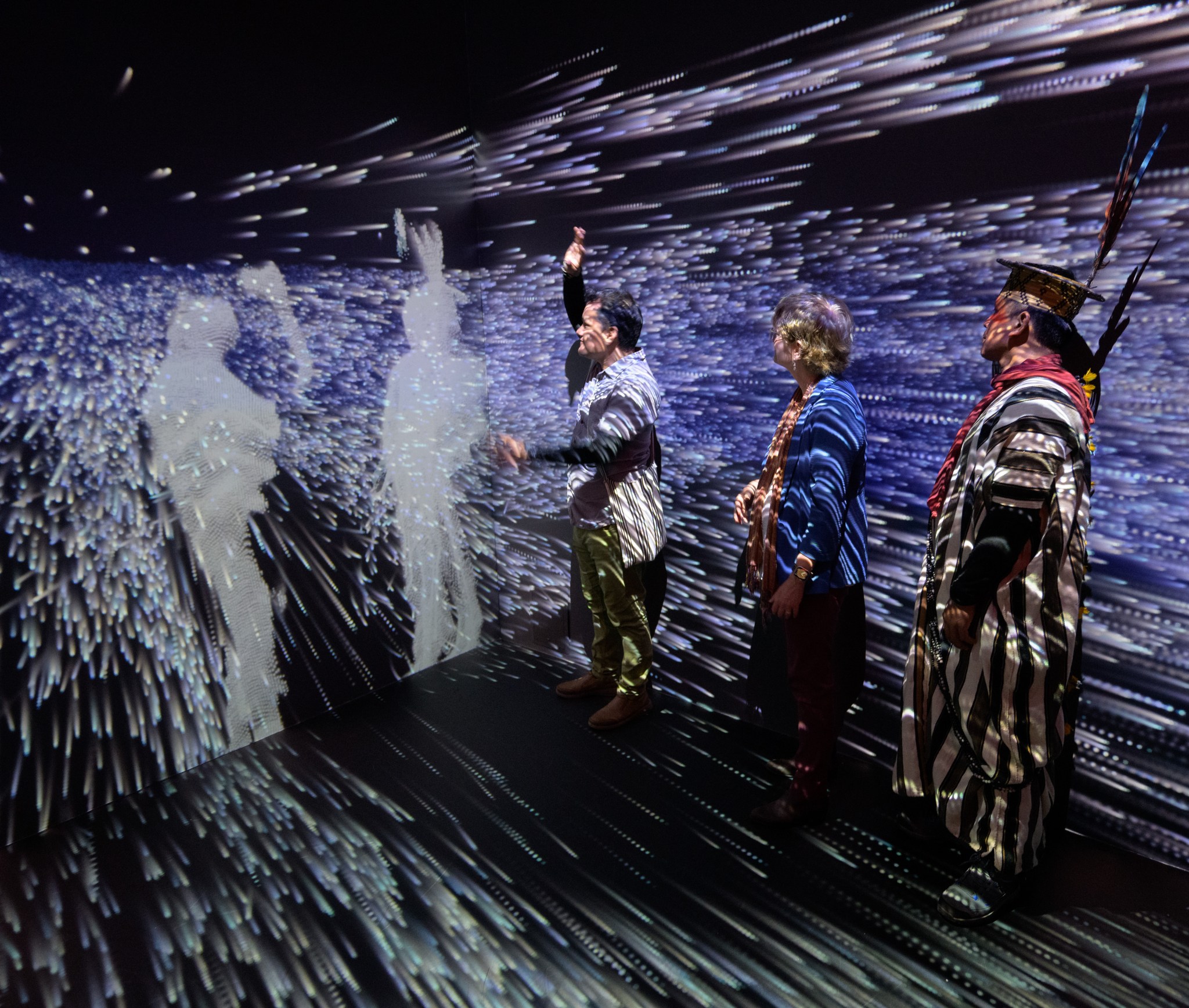2 min read Preparations for Next Moonwalk Simulations Underway (and Underwater) NASA’s SpaceX Crew-8 members, (from left) Alexander Grebenkin from Roscosmos; Michael Barratt, Matthew Dominick, and Jeanette Epps, all NASA astronauts, are pictured training inside the SpaceX Dragon spacecraft in Hawthorne, California. SpaceX Media accreditation now is open for the launch of NASA’s eighth rotational mission of a SpaceX Falcon 9 rocket and Dragon Endeavour spacecraft that will carry astronauts to the International Space Station for a science expedition. This mission is part of NASA’s Commercial Crew Program. Launch of…
Read MoreNASA Features New Discoveries at American Astronomical Society Meeting
5 min read NASA Features New Discoveries at American Astronomical Society Meeting A cluster of young stars – about one to two million years old – located about 20,000 light years from Earth. X-ray: NASA/CXC/SAO/Sejong Univ./Hur et al; Optical: NASA/STScI Experts will discuss new research from NASA missions at the 243rd meeting of the American Astronomical Society (AAS), on topics ranging from planets outside our solar system to fleeting, high-energy explosions in the universe. The meeting will take place Jan. 7-11 at the New Orleans Ernest N. Morial Convention Center…
Read MoreNASA to unveil new X-59 ‘quiet’ supersonic jet on Jan. 12
NASA and Lockheed Martin are finally ready to unveil the new X-59 Quesst, a supersonic jet designed to break the sound barrier without creating a thunderous sonic boom. The X-59 Quiet SuperSonic Technology (Quesst) jet has been under construction at Lockheed Martin’s “Skunk Works” facility in Palmdale, California since 2019. The experimental X-59 Quesst is designed to fly at supersonic speeds and reduce the typical sound of sonic booms, lowering the volume down to a “thump” similar to the sound of a car door slamming. NASA says the aircraft could…
Read MoreNASA’s Perseverance rover captures 360-degree view of Mars’ Jezero Crater (video)
On Dec. 12, 2023, NASA’s Perseverance rover reached a milestone — 1,000 Martian days, or sols, on Mars. To celebrate, NASA released a 360-degree mosaic of the rover’s current location, as well as a video walkthrough of the scene narrated by Perseverance project scientist Ken Farley. The composite image comprises 993 individual images taken with Perseverance’s Mastcam-Z instrument last year on Nov. 3, Nov. 4 and Nov. 6, and includes a whopping 2.38 billion pixels. You might notice there’s a big difference in color between the team’s image included in this…
Read MoreUranus and Neptune are actually similar blues, ‘true’ color images reveal
In the summer of 1989, from a remote expanse of our solar system where sunlight is merely a tepid glow, NASA’s Voyager 2 spacecraft radioed to Earth humankind’s very first images of Neptune. The pictures revealed the sun’s outermost planet was a stunning, deep blue orb. In contrast, Uranus, Neptune’s planetary neighbor and the first to be discovered with a telescope, appeared noticeably paler. Both seemingly twin worlds have a lot in common. They’re roughly the same size, almost equally massive and are both enveloped with deep atmospheres made of…
Read MoreFunding Future Tech: NASA Names 2024 Innovative Concept Studies
A collage of illustrations highlighting the novel concepts proposed by the 2024 NIAC Phase I awardees. Credit: clockwise, from upper right: Steven Benner, Beijia Zhang, Matthew McQuinn, Alvaro Romero-Calvo, Thomas M. Eubanks, Kenneth Carpenter, James Bickford, Alvaro Romero-Calvo, Peter Cabauy, Geoffrey Landis, Lynn Rothschild, and Ge-Cheng Zha. NASA NASA selected the 2024 Phase I awardees for its program to fund ideas that could innovate for the benefit of all and transform future agency missions. From proposals to explore low Earth orbit to the stars, the 13 concepts chosen stem from…
Read MoreAmazonian Leaders Visit “Space for Earth”
Amazonian leaders visit “Space for Earth,” an immersive audio-visual installation that draws from near real-time satellite data and images, in NASA’s Earth Information Center at the NASA Headquarters Mary W. Jackson Building in Washington on Nov. 17, 2023. The leaders, joined by University of Richmond faculty and NASA representatives, gathered to discuss how NASA’s data can be used to help protect the Amazon. The NASA Headquarters photographers chose this photo as one of the best images from 2023. Explore the Earth Information Center. Image Credit: NASA/Bill Ingalls
Read MoreNIAC 2024 Selections
2 min read Preparations for Next Moonwalk Simulations Underway (and Underwater) Montage of twelve illustrations depicting futuristic aerospace concepts, including a solar powered glider soaring over the clouds of Venus, a fixed wing electric aircraft flying above a Mars landscape, dish satellite probes scattered across the solar system, flat circular discs floating in space and dotted with hundreds of circle sensors, and a device on the lunar surface with sensing lasers. Phase I Matthew McQuinnSolar System-Scale VLBI to Dramatically Improve Cosmological Distance MeasurementsUniversity of Washington, SeattleSeattle, Washington 98195-10002024 Phase I…
Read MoreNASA’s 2023 Space Station Achievements
5 min read Preparations for Next Moonwalk Simulations Underway (and Underwater) The International Space Station is a hub for scientific research and technology demonstration. Currently, in its third decade of human-tended operations, the orbiting lab is building on previous research to produce pivotal results while conducting cutting-edge science. Read highlights of some of the groundbreaking space station science conducted in 2023 that is benefiting humanity on Earth and preparing humans for journeys to the Moon and beyond. Bringing Back the Benefits to People on Earth The first human knee meniscus…
Read MoreAustralia celebrates space history on world’s 1st coin minted in 2024
The world’s first coin to be struck in 2024 highlights Australian space exploration history. “Out of this World – Australia in Space” was chosen by the Royal Australian Mint as its 2024 theme “to showcase Australia’s history and significance as one of the earliest nations to launch its own satellite.” The coin’s reverse, or tails side, depicts an Australian astronaut on a spacewalk and the launch of WRESAT-1 on a modified U.S. Redstone rocket in 1967. The satellite, which carried upper atmospheric radiation measurement experiments, established Australia as the seventh…
Read More
